Growing dill indoors can seem like a daunting task, especially if you’re used to seeing it flourish in sprawling outdoor gardens. But fear not, fellow plant enthusiasts! I’m here to tell you that bringing the fresh, aromatic flavor of dill into your home is not only possible, but surprisingly easy with a few clever DIY tricks.
For centuries, dill has been cherished not just for its culinary uses, but also for its medicinal properties. Ancient Egyptians used it to soothe digestive issues, while the Romans believed it brought good fortune. Today, we might not be warding off bad luck with our dill, but we can certainly enhance our meals and enjoy the satisfaction of nurturing a thriving herb garden right on our windowsill.
Why bother growing dill indoors? Well, imagine having fresh dill readily available whenever you need it, regardless of the season. No more last-minute trips to the grocery store or settling for dried herbs that lack that vibrant, fresh taste. Plus, it’s a fantastic way to add a touch of greenery to your living space and boost your mood. This DIY guide will equip you with the knowledge and simple hacks you need to successfully cultivate dill indoors, even if you have limited space or gardening experience. Let’s get started and bring the taste of summer inside!
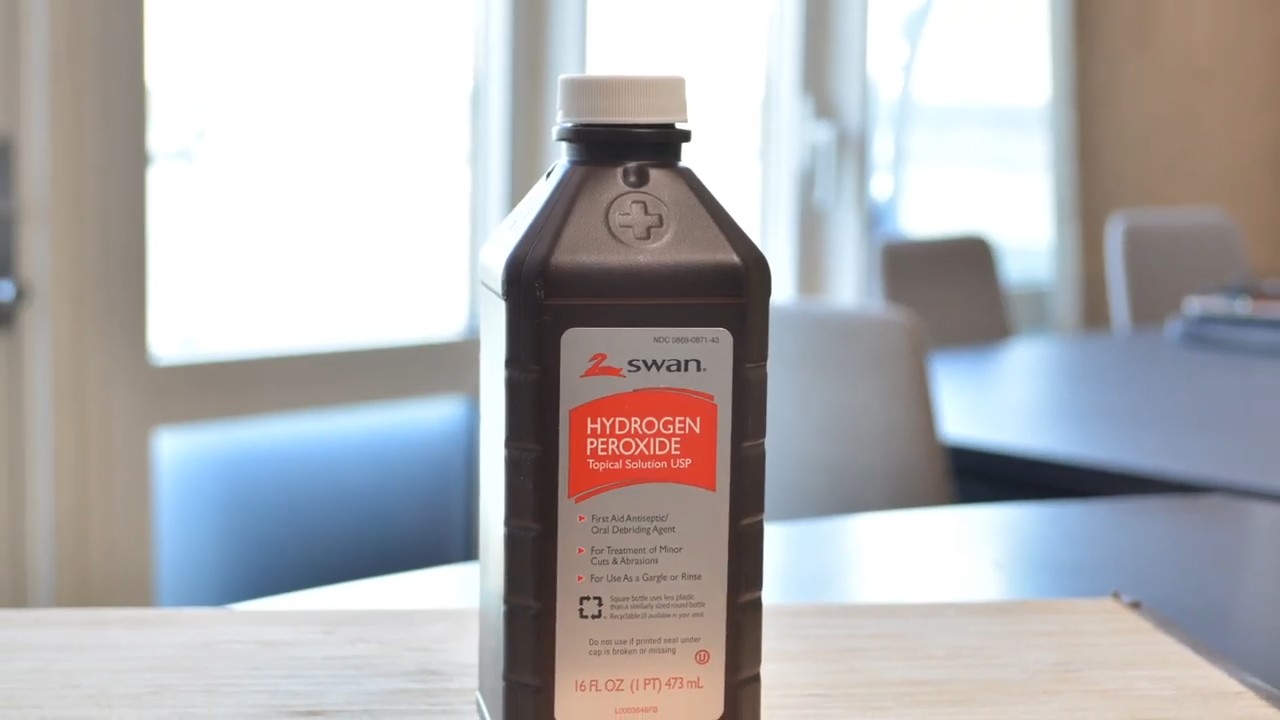
Growing Dill Indoors: A Beginner’s Guide to Fresh Herbs Year-Round
Hey there, fellow herb enthusiasts! Ever dreamt of having fresh, fragrant dill readily available, even when the snow’s piling up outside? Well, you’re in the right place! I’m going to walk you through the surprisingly simple process of growing dill indoors. Trust me, it’s easier than you think, and the reward of having fresh dill for your salads, dips, and pickles is totally worth it.
Choosing the Right Dill Variety
Not all dill is created equal, especially when it comes to indoor growing. Some varieties are simply too large and sprawling for a container. Here’s what I recommend:
* ‘Dwarf Fernleaf’: This is my personal favorite! It’s compact, bushy, and perfect for pots. It matures quickly and provides a generous harvest.
* ‘Bouquet’: Another good option, ‘Bouquet’ is known for its abundant foliage and strong flavor. It’s a bit taller than ‘Dwarf Fernleaf’ but still manageable indoors.
* ‘Teddy’: This variety is relatively new and bred specifically for container growing. It’s compact and slow to bolt (go to seed), which means you’ll have a longer harvest period.
Gathering Your Supplies
Before we dive into the planting process, let’s make sure you have everything you need. Here’s a checklist:
* Dill Seeds: Choose a variety suitable for indoor growing, as mentioned above.
* Pot: Select a pot that’s at least 6 inches in diameter and 6 inches deep. Dill has a taproot, so it needs room to grow. Make sure the pot has drainage holes!
* Potting Mix: Use a high-quality, well-draining potting mix. Avoid using garden soil, as it can compact and hinder drainage. I like to use a mix specifically formulated for herbs.
* Grow Lights (Optional but Recommended): While dill can grow near a sunny window, grow lights will ensure consistent growth and prevent legginess, especially during the winter months.
* Watering Can or Spray Bottle: For gentle watering.
* Small Shovel or Trowel: For planting the seeds.
* Seed Starting Tray (Optional): If you prefer to start your seeds indoors before transplanting.
* Plant Label: To remind you what you planted! (Trust me, it’s easy to forget).
Planting Your Dill Seeds
Okay, let’s get our hands dirty! Here’s how to plant your dill seeds:
1. Prepare the Pot: Fill your pot with potting mix, leaving about an inch of space at the top. Gently tap the pot to settle the soil.
2. Sow the Seeds: Dill seeds are small, so handle them carefully. Sprinkle the seeds evenly over the surface of the soil. You can sow several seeds per pot, but don’t overcrowd them. Aim for about 2-3 seeds per inch.
3. Cover the Seeds: Lightly cover the seeds with a thin layer of potting mix (about 1/4 inch). Dill seeds need light to germinate, so don’t bury them too deep.
4. Water Gently: Use a watering can or spray bottle to gently moisten the soil. Be careful not to dislodge the seeds. The soil should be moist but not soggy.
5. Provide Light and Warmth: Place the pot in a warm location with plenty of light. A south-facing window is ideal, but if you don’t have one, use grow lights. Dill seeds germinate best at temperatures between 70-75°F (21-24°C).
6. Maintain Moisture: Keep the soil consistently moist but not waterlogged. Check the soil moisture daily and water as needed.
Germination and Thinning
Patience is key! Dill seeds typically germinate within 7-14 days.
1. Watch for Sprouts: Once you see tiny green sprouts emerging from the soil, you know you’re on the right track!
2. Thin Seedlings (If Necessary): If you sowed your seeds densely, you’ll need to thin the seedlings to prevent overcrowding. Once the seedlings have a few sets of true leaves (the leaves that look like miniature dill plants), carefully snip off the weaker seedlings at the soil line, leaving the strongest ones to thrive. Aim for about 2-3 inches between plants.
Caring for Your Indoor Dill
Now that your dill seedlings are growing, it’s time to provide them with the care they need to flourish.
1. Light: Dill needs at least 6 hours of direct sunlight per day. If you’re growing dill indoors, a sunny south-facing window is ideal. However, during the winter months, you may need to supplement with grow lights to ensure adequate light. I use a simple LED grow light that clips onto my shelf, and it works wonders.
2. Watering: Water your dill regularly, keeping the soil consistently moist but not waterlogged. Allow the top inch of soil to dry out slightly between waterings. Overwatering can lead to root rot, so be careful not to overdo it. I usually water my dill every 2-3 days, but this will depend on the temperature and humidity in your home.
3. Fertilizing: Dill is a relatively light feeder, but it will benefit from occasional fertilization. Use a balanced liquid fertilizer diluted to half strength every 2-3 weeks. I like to use an organic fertilizer specifically formulated for herbs.
4. Temperature: Dill prefers temperatures between 60-70°F (15-21°C). Avoid placing your dill near drafts or sources of extreme heat or cold.
5. Humidity: Dill prefers moderate humidity. If your home is particularly dry, you can increase the humidity around your dill by placing a tray of water near the plant or using a humidifier.
6. Pinching and Pruning: Pinching and pruning your dill will encourage bushier growth and prevent it from becoming leggy. When the plant is about 6 inches tall, pinch off the top growth. You can also prune off any yellowing or dead leaves.
Harvesting Your Dill
The best part! You can start harvesting dill leaves as soon as the plant is about 6-8 inches tall.
1. Harvesting Leaves: Use scissors or your fingers to snip off the leaves you need. Start by harvesting the outer leaves, leaving the inner leaves to continue growing.
2. Harvesting Seeds: If you want to harvest dill seeds, allow the plant to flower. Once the flowers fade and the seed heads turn brown, you can cut them off and dry them. Store the dried seeds in an airtight container.
3. Succession Planting: To ensure a continuous supply of fresh dill, sow new seeds every few weeks. This is called succession planting.
Troubleshooting Common Problems
Even with the best care, you may encounter some problems when growing dill indoors. Here are a few common issues and how to address them:
* Leggy Growth: Leggy growth is usually caused by insufficient light. Move your dill to a sunnier location or supplement with grow lights.
* Yellowing Leaves: Yellowing leaves can be caused by overwatering, underwatering, or nutrient deficiencies. Check the soil moisture and adjust your watering accordingly. If the problem persists, try fertilizing your dill.
* Pests: Dill is relatively pest-resistant, but it can occasionally be affected by aphids or spider mites. If you notice pests on your dill, try spraying the plant with insecticidal soap.
* Bolting: Bolting (going to seed) can occur when dill is exposed to high temperatures or stress. To prevent bolting, keep your dill well-watered and provide it with adequate light. You can also choose a slow-bolting variety like ‘Teddy’.
Enjoying Your Homegrown Dill
Congratulations! You’ve successfully grown dill indoors. Now it’s time to enjoy the fruits (or rather, the leaves) of your labor.
Here are a few ideas for using your homegrown dill:
* Fresh Dill: Add fresh dill to salads, dips, sauces, and soups. It’s also delicious sprinkled on grilled fish or chicken.
* Dill Pickles: Use fresh dill to make homemade dill pickles.
* Dill Oil: Infuse olive oil with fresh dill for a flavorful cooking oil.
* Dill Vinegar: Infuse vinegar with fresh dill for a tangy salad dressing.
* Dried Dill: Dry your dill leaves for later use. Simply hang the stems upside down in a cool, dry place until the leaves are completely dry. Then, crumble the leaves and store them in an airtight container.
Growing dill indoors is a rewarding experience that allows you to enjoy fresh herbs year-round. With a little care and attention, you can have a thriving dill plant that provides you with a continuous supply of flavorful leaves. Happy gardening!
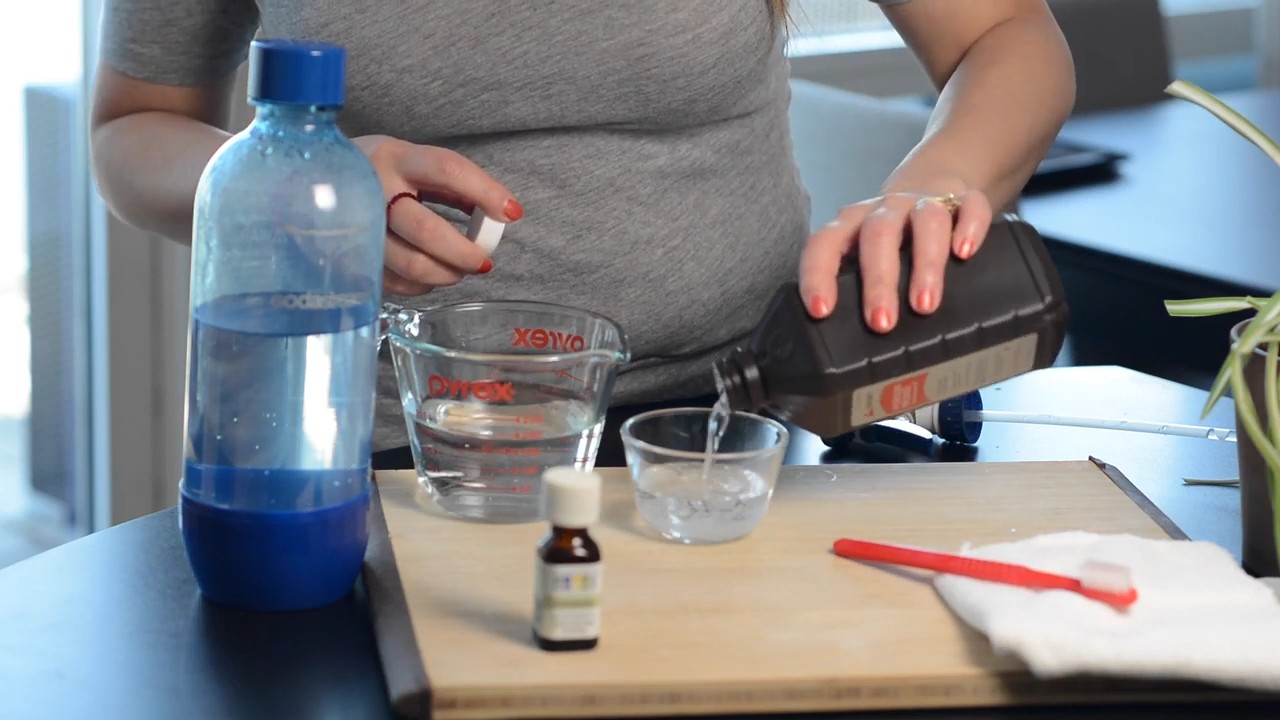
Conclusion
So, there you have it! Growing dill indoors is not only achievable, but it’s also a rewarding experience that brings a touch of freshness to your kitchen and a burst of flavor to your meals year-round. Forget those sad, wilted bunches of dill from the grocery store – with a little effort, you can have vibrant, aromatic dill right at your fingertips.
Why is this DIY trick a must-try? Because it empowers you to control the quality and freshness of your herbs. You know exactly where your dill is coming from, what it’s been exposed to, and how it’s been cared for. This is especially important if you’re conscious about organic gardening or simply want to avoid pesticides and herbicides. Plus, the convenience of having fresh dill readily available whenever you need it is simply unbeatable. Imagine whipping up a batch of creamy dill sauce for your salmon, sprinkling fresh dill on your potato salad, or adding a sprig to your homemade pickles – all with dill you grew yourself!
But the benefits don’t stop there. Growing dill indoors is also a fantastic way to add a touch of greenery to your home. The feathery foliage of dill is visually appealing and can brighten up any windowsill or countertop. It’s a small but significant way to connect with nature, even when you’re stuck indoors.
Looking for variations? Consider experimenting with different varieties of dill. ‘Bouquet’ dill is a popular choice for its high yield and strong flavor, while ‘Fernleaf’ dill is more compact and suitable for smaller spaces. You can also try growing dill alongside other herbs like parsley, chives, or mint to create a mini indoor herb garden. Just be mindful of their individual light and watering requirements. Another fun variation is to use different types of containers. While a standard pot works perfectly well, you could also try using a repurposed mason jar or a self-watering planter for added convenience.
Don’t be intimidated if you’ve never grown herbs indoors before. Growing dill indoors is surprisingly easy, even for beginners. Just follow the simple steps outlined in this guide, and you’ll be well on your way to enjoying a bountiful harvest of fresh dill.
We wholeheartedly encourage you to give this DIY trick a try. It’s a simple, affordable, and rewarding way to enhance your cooking and bring a touch of nature into your home. Once you experience the joy of harvesting your own fresh dill, you’ll never want to go back to store-bought again.
And most importantly, we want to hear about your experience! Share your photos, tips, and stories with us in the comments below. Let us know what worked for you, what challenges you faced, and any creative variations you tried. Your feedback will not only help other readers but also inspire us to continue sharing helpful and informative gardening tips. So, grab your seeds, potting mix, and a sunny spot, and get ready to embark on your indoor dill-growing adventure! Happy gardening!
Frequently Asked Questions (FAQ)
What kind of soil is best for growing dill indoors?
Dill thrives in well-draining soil that is rich in organic matter. A good potting mix specifically formulated for herbs or vegetables is ideal. You can also amend a standard potting mix with compost or aged manure to improve its fertility and drainage. Avoid using garden soil, as it can be too heavy and may contain pests or diseases. The ideal pH for dill is between 6.0 and 7.5.
How much sunlight does indoor dill need?
Dill requires at least 6 hours of direct sunlight per day to thrive. A south-facing window is usually the best option, but an east- or west-facing window can also work if it provides sufficient light. If you don’t have access to enough natural light, you can supplement with a grow light. Position the grow light a few inches above the dill plants and keep it on for 12-16 hours per day. Insufficient light can lead to leggy, weak growth and reduced flavor.
How often should I water my indoor dill?
Water dill regularly, but avoid overwatering. The soil should be kept consistently moist, but not soggy. Allow the top inch of soil to dry out slightly between waterings. Check the soil moisture by sticking your finger into the soil. If it feels dry, it’s time to water. When watering, water deeply until water drains out of the bottom of the pot. Be sure to empty the saucer underneath the pot to prevent root rot. During the winter months, when growth slows down, you may need to water less frequently.
How do I harvest dill from my indoor plants?
You can start harvesting dill leaves as soon as the plants are about 6 inches tall. Simply snip off the leaves with scissors or your fingers. Start by harvesting the outer leaves first, as this will encourage the plant to produce more new growth. You can harvest dill leaves continuously throughout the growing season. If you want to harvest dill seeds, allow the plants to flower and the seed heads to dry out completely. Then, cut off the seed heads and store them in a paper bag until you’re ready to use them.
What are some common problems when growing dill indoors?
Some common problems when growing dill indoors include aphids, spider mites, and powdery mildew. Aphids and spider mites are small pests that can suck the sap from dill leaves, causing them to become yellow and distorted. Powdery mildew is a fungal disease that can cause a white, powdery coating to form on the leaves. To prevent these problems, keep your dill plants well-ventilated and avoid overwatering. If you notice any pests or diseases, treat them promptly with an appropriate insecticide or fungicide. Neem oil is a good organic option for controlling many common pests and diseases.
Can I grow dill from seed indoors?
Yes, you can easily grow dill from seed indoors. Start by sowing the seeds in a pot filled with well-draining potting mix. Cover the seeds lightly with soil and water gently. Keep the soil moist but not soggy. The seeds should germinate in about 7-14 days. Once the seedlings have developed a few sets of true leaves, you can thin them out to allow for proper spacing.
How do I encourage my dill plant to bush out?
Pinching back the stems of your dill plant will encourage it to bush out and produce more leaves. When the plant is about 6 inches tall, use your fingers or scissors to snip off the top inch or two of the main stem. This will encourage the plant to send out side shoots, resulting in a bushier, more productive plant. You can continue to pinch back the stems as needed throughout the growing season.
Is it better to grow dill in a pot or a container?
A pot or container is perfectly fine for growing dill indoors. Ensure the pot has drainage holes to prevent waterlogging. The size of the pot will depend on the variety of dill you are growing, but a pot that is at least 6 inches in diameter is generally sufficient.
Can I transplant my indoor dill plant outdoors?
Yes, you can transplant your indoor dill plant outdoors, but it’s important to do it gradually to avoid shocking the plant. Start by hardening off the plant by gradually exposing it to outdoor conditions for a few hours each day over the course of a week or two. Choose a sunny location with well-draining soil. Dig a hole that is slightly larger than the root ball of the plant and carefully transplant the dill. Water well after transplanting and protect the plant from strong winds and direct sunlight for the first few days.
How long does it take for dill to grow indoors?
From seed to harvest, it typically takes about 8-10 weeks to grow dill indoors. However, you can start harvesting dill leaves as soon as the plants are about 6 inches tall. The time it takes for dill to grow will depend on factors such as light, temperature, and watering.

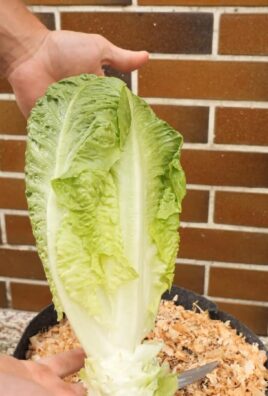
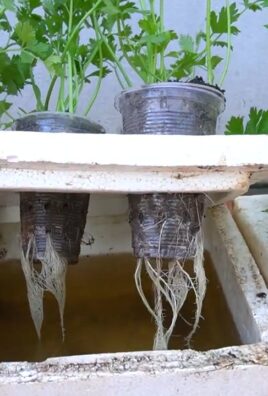
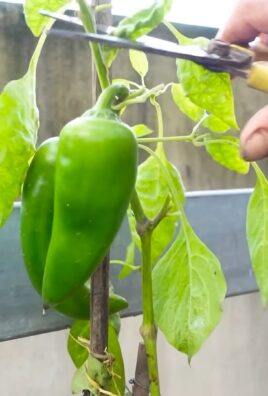
Leave a Comment